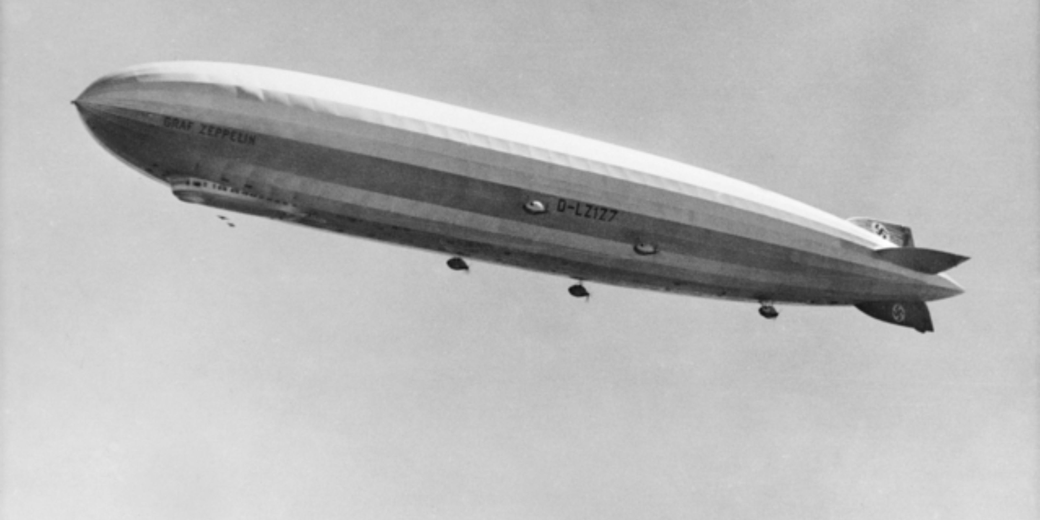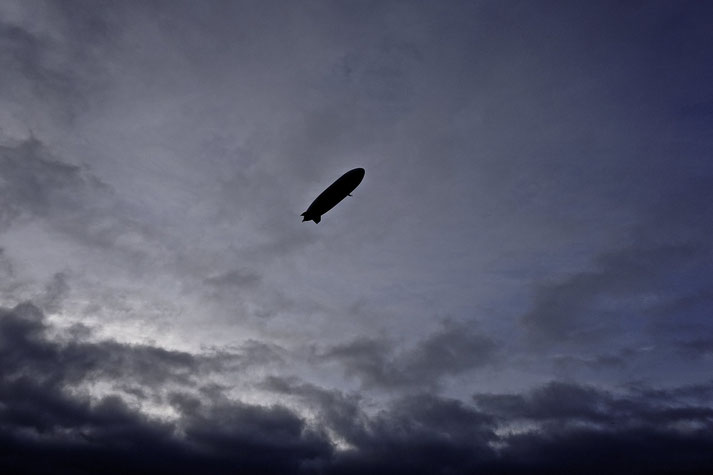How the use of Zeppelins in WWI changed warfare forever

When we think of World War I, images of trenches, tanks, and machine guns often come to mind. However, one often overlooked, and yet fascinating aspect of the war was the use of Zeppelins.
These massive airships revolutionized air travel in the early 20th century and played a significant role in reconnaissance and bombing missions during the war.
Although their use declined after the war, the Zeppelin remains an important part of aviation history and a symbol of the early days of air travel.
What were Zeppelins?
Zeppelins were named after their inventor, Count Ferdinand von Zeppelin.
These massive aircraft were filled with gas and could fly long distances, which made them very useful for military purposes.

Early uses by the Germans
The German military was the first to recognize the potential of zeppelins for military purposes.
They began to experiment with these airships in the years leading up to World War I and quickly realized their advantages.
One key benefit is that zeppelins could fly high enough to avoid anti-aircraft fire and could carry enough bombs to cause significant damage to enemy targets.
They were also faster and more maneuverable than many other aircraft of the time.
During the war, zeppelins were primarily used for reconnaissance missions. To do this, they would fly over enemy territory, gather intelligence, and report back to their commanders.
This was especially useful early in the war when ground-based intelligence gathering was still primitive.
In addition, zeppelins were used to patrol the coastlines and monitor shipping lanes.
Development as bombers
As the war progressed, zeppelins were increasingly used for bombing missions.
The German military used them to attack both military and civilian targets. Most famously, they dropped bombs on cities like London and Paris.
The first Zeppelin raid on Britain took place on January 19, 1915. During this event, two Zeppelins, the L3 and the L4, were sent to attack targets in Norfolk and the east coast of England.
Although they did not cause much damage on that day, they were a 'proof of concept'.
As a result, they would become increasingly destructive as the war progressed.
In total, there were 51 Zeppelin raids on Britain during the war. The majority of which occurred in 1915 and 1916.
The raids were typically carried out at night. This is because the Zeppelins were difficult to spot in the dark and anti-aircraft fire was less accurate.
However, the bombing runs were often indiscriminate, with the airships killing innocent civilians as well as some high value military targets.

The bombing raids were particularly terrifying for the civilian population. The loud hum of the Zeppelin engines could be heard from a distance.
When the airships would fly low over the cities, their bombs and incendiary devices would set buildings and homes ablaze.
Many people took shelter in underground stations or other public buildings during the raids, while others attempted to fight the fires and protect their homes.
Over time, the zeppelin raids began to cause significant damage and loss of life.
One of the most destructive raids occurred on the night of September 8, 1915, when a single Zeppelin bombed London.
It killed 22 people and causing extensive damage to homes and businesses.
The raids continued throughout the war. But their impact began to diminish as anti-aircraft defenses improved and new aircraft technologies emerged.
Limitations and dangers of using Zeppelins
Even though their effectiveness increased, there were ongoing difficulties in the use of this flight technology.
Most obviously, the aircraft were slow-moving and vulnerable to attack from fighter planes.
They also had limited range, which meant that they could only reach targets in relatively close proximity to where the airship had taken off.
Also, zeppelins operated with some inherent risks. For example, the gas used to fill the airships was highly flammable.
There were several instances of zeppelins catching fire and exploding in mid-air.
If that wasn't of enough concern, crews also faced the dangers of flying at high altitudes and in extreme weather conditions.
The men had to wear thick winter clothes just to make sure they survived long distant flights.
Zeppelins after WWI
The use of zeppelins gradually declined after World War I, as other aircraft technologies became more popular.
However, they remained a symbol of the early days of aviation and continue to capture the public’s imagination.
Today, modern airships are being developed for a variety of purposes, from advertising to scientific research, and the legacy of the zeppelin lives on.

What do you need help with?
Download ready-to-use digital learning resources
Copyright © History Skills 2014-2024.
Contact via email
With the exception of links to external sites, some historical sources and extracts from specific publications, all content on this website is copyrighted by History Skills. This content may not be copied, republished or redistributed without written permission from the website creator. Please use the Contact page to obtain relevant permission.





